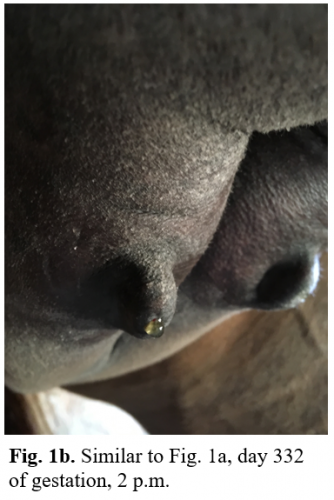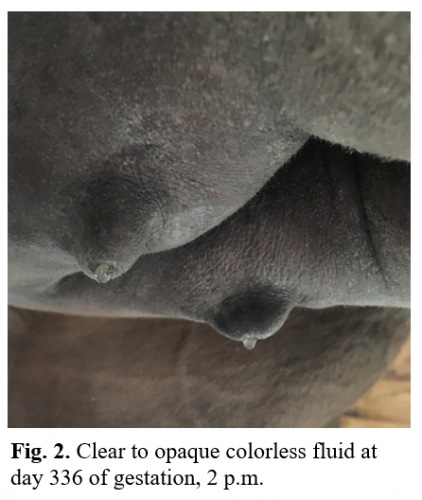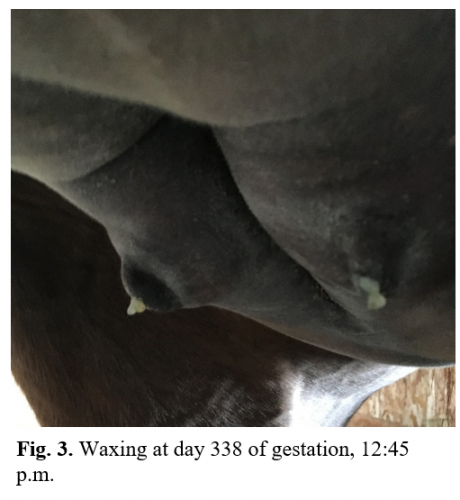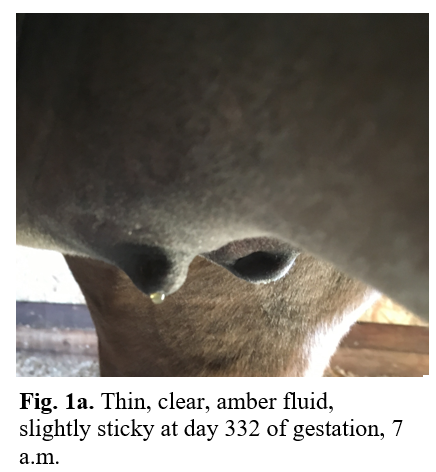Foaling indicators: Mammary fluid changes
Monitoring mammary fluid in the mare may minimize sleepless nights.
For many, the foaling season brings eager anticipation, hopeful expectations, maybe a little anxiety and, more than likely, a sleepless night or two. Michigan State University Extension has some tips for minimizing those sleepless nights.
The average length of gestation for a mare ranges from 320 to 362 days, with a normal gestation range of 335 to 342 days. For most mares, foaling is uncomplicated and everything progresses smoothly. But, in the rare instances when there are complications, early recognition and intervention are needed to give the best chance of a successful foaling. For that reason, it is important to have someone present to observe all stages of the foaling process.
There are a variety of clinical signs that develop as a mare approaches foaling. Many of the mare’s physical changes occur a month or so before foaling and are initially subtle. However, as the day of foaling nears, the changes become more discernible. The first distinguishable change, which is usually seen in the last month of pregnancy, is mammary gland development. Some mares will develop edema around the area of the udder before the gland itself becomes enlarged and fills with fluid.


To obtain a sample of fluid, gently squeeze the base of the teat/nipple between the index finger and thumb and then pull towards the tip of the teat. To monitor changes by simple observation, first, strip a small amount of fluid from each teat (three to four big drops) to clear out old fluid from the teat canals. Next, strip out a fluid sample and examine it against a dark background. This can be easily accomplished by letting a drop hang from the teat using the darkness of the udder for contrast.

As time of foaling becomes more imminent, some mares will develop a yellowish, waxy substance at the end of their teats, often referred to as waxing. This substance is an accumulation of dried colostrum. Finally, the mammary fluid will become milky white in color and will be sticky from the colostrum. At this stage, foaling usually occurs within 24 to 48 hours. (See figures three and four.)
Utilizing the practice of daily inspections of mammary secretions can be a reliable method for predicting time of foaling, especially when combined with other physical signs of approaching parturition. While it’s critical to remember that every mare is different, each mare usually has a consistent foaling pattern, showing similar signs on similar timelines from year to year. Keeping detailed records is essential for optimizing the chance of being present at the time of delivery.
All photos used in this article are from the same mare and taken by Marci Charest, Michigan State University Extension.



 Print
Print Email
Email



